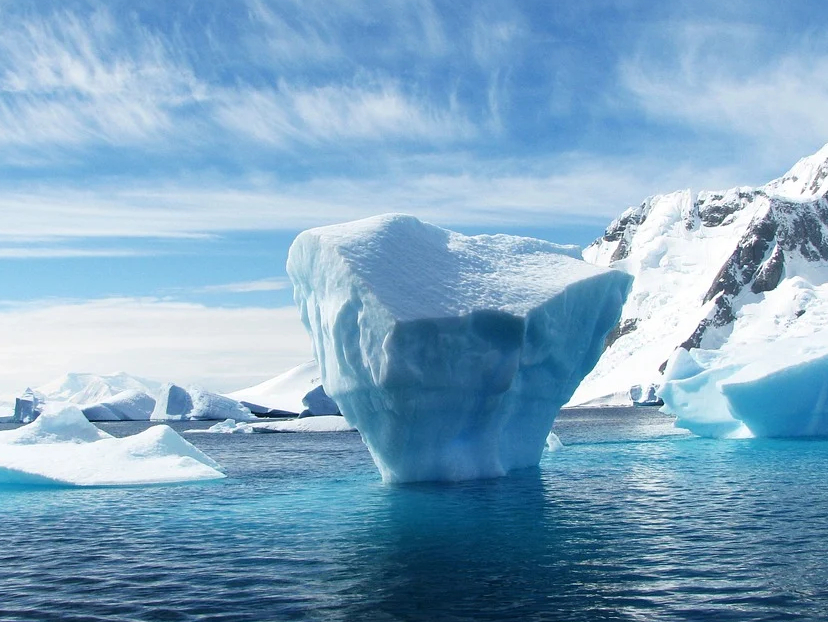Ozone is a pollutant in the lower atmosphere, or troposphere, while the ozone layer high up in the atmosphere is useful and absorbs damaging ultraviolet radiation. Ozone levels can also have an impact on climate change. Past studies have examined ozone levels in the troposphere in the Southern Hemisphere, but little had been known about ozone levels in Antarctica over long periods.
Jayanarayanan Kuttippurath, Indian Institute of Technology Kharagpur, and colleagues have analyzed 26 years of data from ozone measurements in Antarctica and found that ozone near the ground arose from both natural and human-related sources. The researchers compiled ozone data measured between 1992 and 2018 at ground level and through the atmosphere, from the lower atmosphere into the ozone layer, at eight stations across Antarctica.
The team’s analyses show that the amount of ozone throughout the troposphere was lowest during December, January, and February—corresponding to summer in the Southern Hemisphere, when the sun is intense enough that it breaks apart more ozone than it creates. Dominant sources of ozone were both natural, e.g., based on photochemical production from emissions of NOx from snowpack, as well as human-related, originating from the southern tip of South America.
The researchers also found that ozone at ground level had risen by up to 0.14 ppb by volume per year over the 26 years studied, even when accounting for seasonal and natural patterns. Overall, atmospheric ozone shows an increasing trend in the lower and middle troposphere, but a decreasing trend in the upper troposphere. Because of ozone’s ability to hold heat near Earth’s surface, the changes could have negative impacts on the region in the future, according to the team.
- The Increasing Surface Ozone and Tropospheric Ozone in Antarctica and Their Possible Drivers,
Pankaj Kumar, Jayanarayanan Kuttippurath, Peter von der Gathen, Irina Petropavlovskikh, Bryan Johnson, Audra McClure-Begley, Paolo Cristofanelli, Paolo Bonasoni, Maria Elena Barlasina, Ricardo Sánchez,
Environ. Sci. Technol. 2021.
https://doi.org/10.1021/acs.est.0c08491



